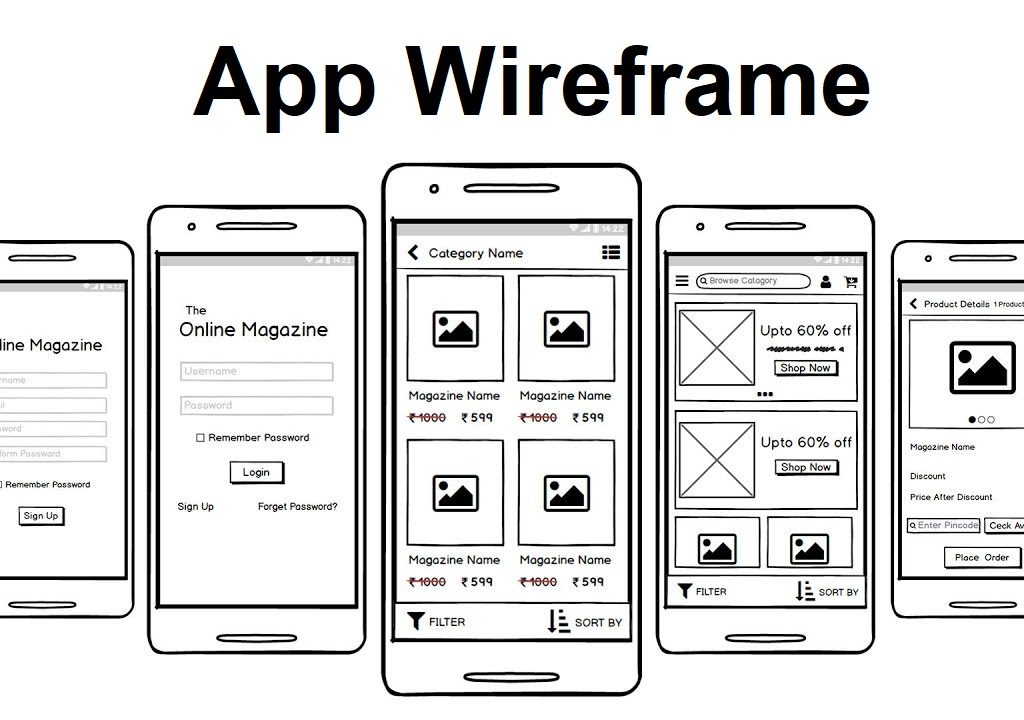Why do we need Product Data Enrichment?
Every website connects with its users through content, content is whatever you see on your screen, text, static images, banners, gif images , other graphics. Your business can reach users only through adequate content that describes your business and the product that you are making available for the user online.
There are instances where the content on the product details page lacks useful information or the Item descriptions is deficient and suffers from inconsistencies or missing attributes like video, brochures and spec sheets.
Inadequacies with product content will result in losing customers to other competitive sites. With a large inventory of SKU’s, where do you begin? How do you make sure that every product has the adequate information that will convert into a purchase? This is where product enrichment tactics come in place.
Ways of Enrichment Product Data
Regular Product Data Information involves adding basic product details such as Care Instructions, Fit Type, Color, Size, and Price. But product enrichment presents your products in a manner that relates to the consumer’s choice and desire. 80 % of consumers are more likely than not to make a purchase from a brand that projects personalized experiences.
Like using digital media assets, images and videos that showcase the product from different angles makes the user feel how the product would actually look like.
Detail specification charts, product benefits, collaterals, pdf’s help customers looking for a product that meets specific requirements.
For more details, Brochures and Instructional manuals guide customers with technical details enabling customers to know more about the products making them sure of their choice.
Product Accessories that add value to the displayed goods with genuine recommendations is a value added service to the customers. A discount for large quantity of purchase is also a means of promoting your product.
Advantage of Enriched Product Content
Enriched product data is a critical element of a successful e-store. It enhances user online experience. Product data, which is the foundation of online retail that is complete and enriched makes data credible and is directly proportional to the effect on product search, conversion rate, SEO rankings, and user experience.
- Consumer get instantly attracted the product that matches his desire due to the right product descriptions with attractive special fonts bold, italic and underlined
- Digital Management tools such as audio, video and 2Dand 3D images gives a clear product feel for the customers making it easier and faster to make a purchase
- Ensures that products meet the required business content standards giving each product a consistent and standard look
- Consumers are able to related to products that have precise and categorized information
- Projection of the consistent brand Image lets user identify with the product easily, giving your brand a personal attachment with the consumer
- Localization according to unique contents pertaining to a particular region for international markets
- Customer ratings and reviews that help to keep track the progress of your e-store is essential to know where how your e-store is performing
- Enriched data product enables marketing teams to understand consumer needs and behavior patterns better that we use in generating value driven user experiences that ultimately help in marketing campaigns
- Taxonomy services categorizes the products in a unique manner that leads to faster shopping and speedy purchases
- Gathering Real World Data from Mobile Based Audience both online and offline personas that allow for in-depth marketing
63% of marketing professionals worldwide said the leading benefit of web and in-app content enrichment has increased conversion rates while 61 % assure the benefits of improved customer experience due to enriched content.
Altius Solutions for Content
Altius has created enriched product data for more than 20 years and has a competitive edge in delivering speed and accuracy. Categorizing data, extracting relevant attribute values for each product and making sure that optimization with the right keywords for user search and for search engine optimization are part of the data enrichment process by Altius.
Globally Compliant Database
Altius data management platform comes with a large data repository with more than 30 Lakhs of items that is capable of handling huge volumes of data product information which is processed for duplication, authentication and errors within the search facility of milliseconds. We do consistent update of Data as when it changes over time.
Gap Analysis
Data capture services like Gap Analysis help to measure progress by comparing actual performance with expected results. And this help in getting teams on the right track. Progress is measured in terms of number of visitors to the site, no of clicks, no of purchases made etc. A survey by Namagoo found that product content influenced online shopping experience in out of six of ten listed.
Content Gap Analysis
Content gap analysis is used to evaluate existing content on a topic. And also discover gaps that can bring down the quality of the content. Issues such as outdated material, unclear concepts, difficult to comprehend could be improved for better results. As a result, this makes your content perform better. We use tools such as semRush for auditing the contents.
Product Data Audit
Altius performs product data audit for Text, Audio, Video, Infographics. These audits includes standardization, using multiple sources like Brochures, Catalogs, Manufacturer Websites and more; which make sure that data is authentic while eliminating duplication. Altius has a customized data audit tool called Data Analyzer. This tool helps to check the product information for consistency and accuracy.
Real World Data
Real world data is capture of Online and offline consumer behaviors. This is to enrich consumer profiles with in-depth data on lifestyle needs. Needs such as food, travel, brand affinities, frequently used apps and more. Such rich profiling helps to build product content that is specific to targeted customers which helps to enhance user experiences.
Data transformation, Segmentation and Synchronization
Altius generates new sets of data by transforming the enriched data into a more relevant one for your business. Thus, creating segments to control the data for enrichment; and syncing enriched data to all the tools transforms data enrichment to action.










